2009 Holiday Lighting Display at GE Lighting & Electrical Institute, Nela Park, East Cleveland, Ohio, in Snowfall
Submitted by Norm Roulet on Mon, 12/28/2009 - 06:00.
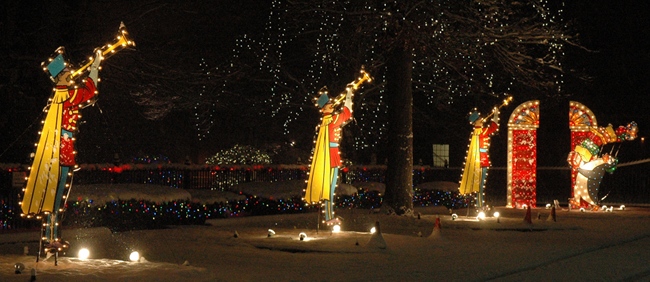
Christmas Eve, my family drove across East Cleveland (all 3 miles long) to Nela Park - The GE Lighting & Electrical Institute - to see their remarkable, historic Holiday Lighting Display and share some photos on REALNEO. While beautiful at the time, the conditions were not quite right to truly show-off the lights and season.
The conditions were perfect tonight.
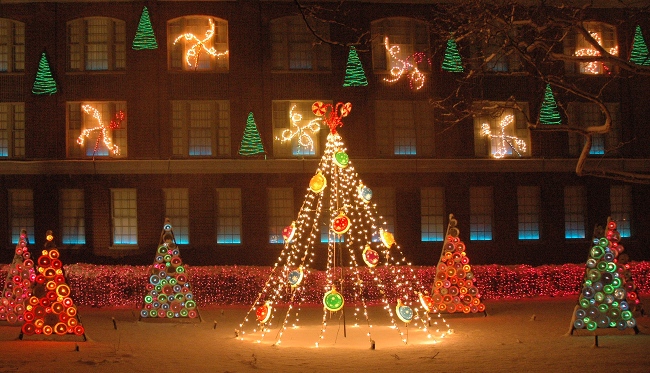
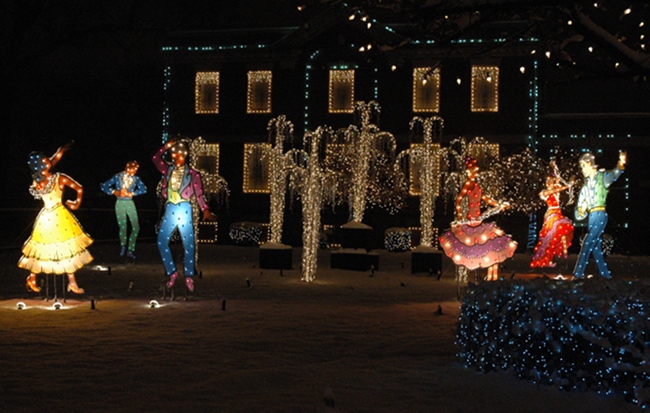
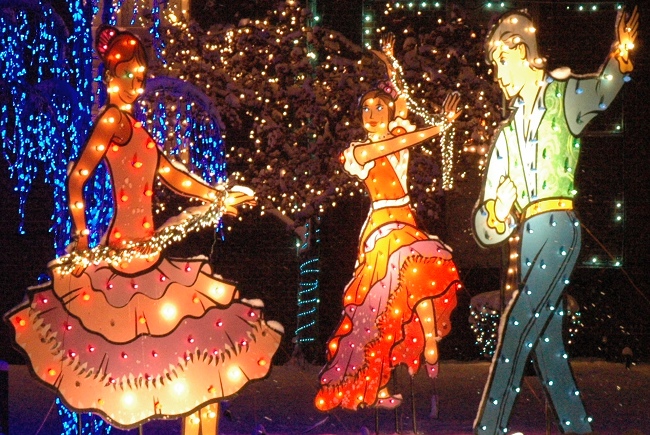
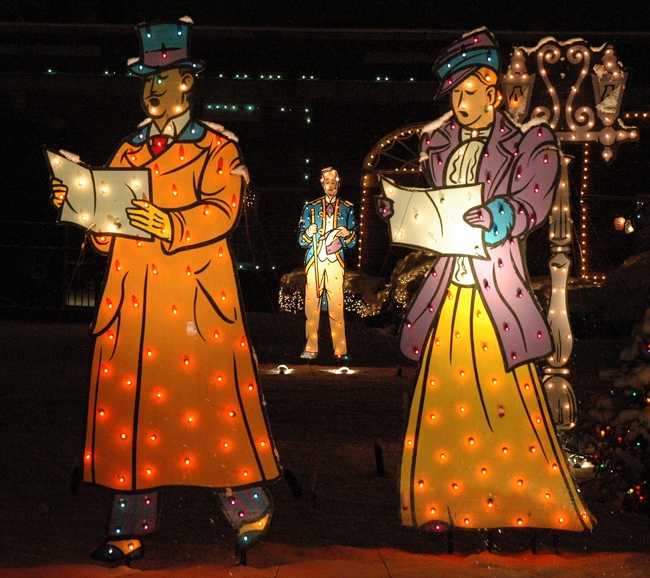
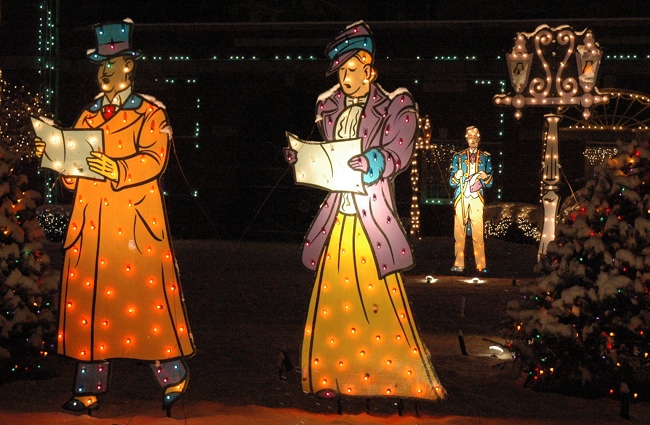
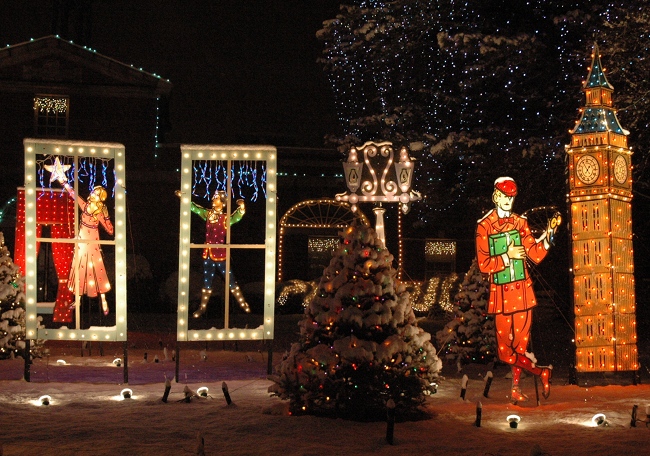
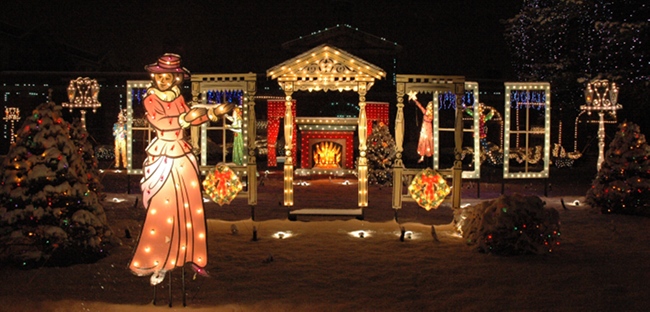
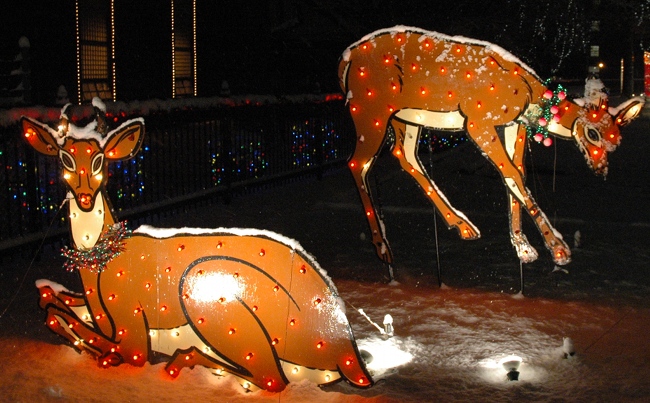
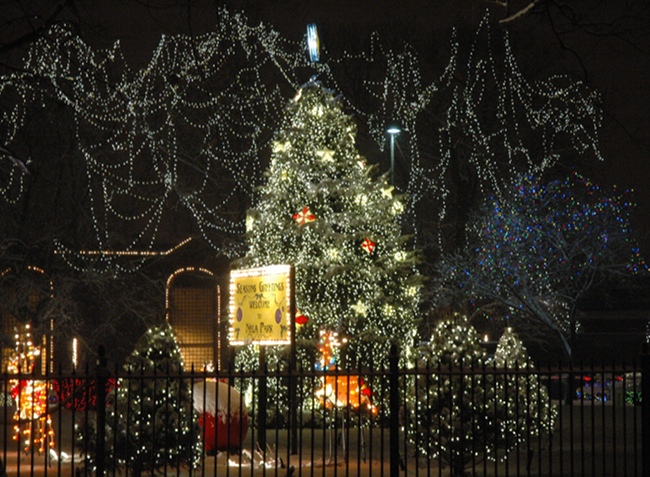
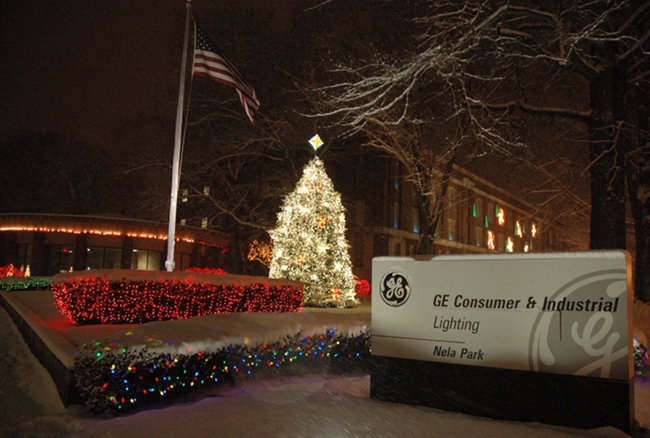
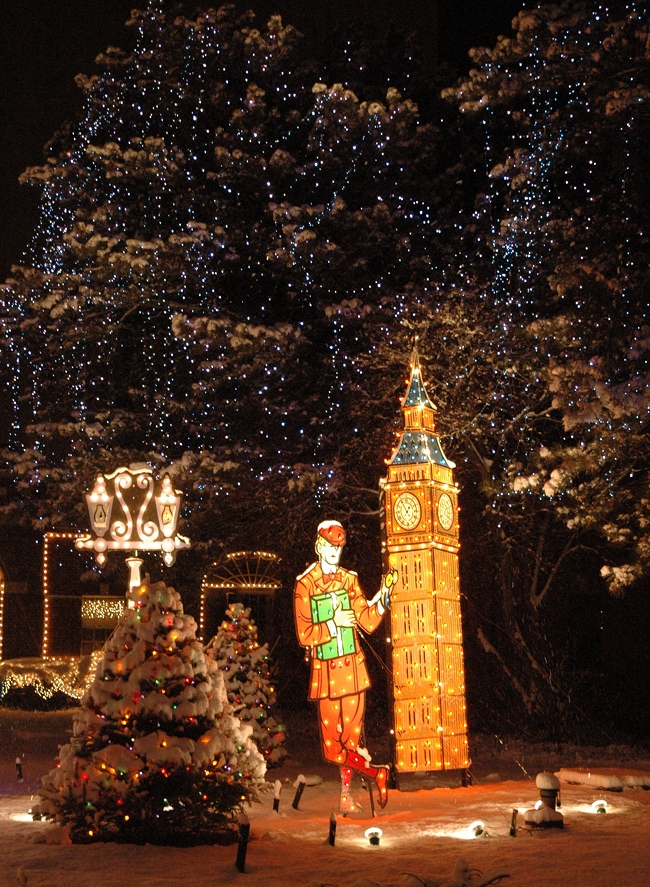

|
History of NELA PARK, from GE
From the GE Website:
Disrupt IT
Thank you Norm. The photos
Thank you Norm. The photos are beautiful and bring back good memories.
LED at NELA Park?
We've had several posts here at realneo about the waste involved in keeping lights on when they are not needed. Spurred by your photos, Norm, I took my roommate (who is from India and is enjoying her first American Christmas) to see the display. We saw it as originally photographed without snow. As I sat there in the car - out for its fist roll in many days - I wondered if the lovely lights were powered by coal burned here or there.
I found this interesting article published by GE on their ecoimaginative lighting: Holiday lights: From festive fuchsia to a bright boogie. It is unclear however if NELA Park is lit with LED lamps or not. Yes, that is my question on the blog there.
Also noticed that Google Finance picked up this post.
GE has plenty of innovation - as they say, "plenty of innovation you don't have to wait for." But waiting is just what Jeff Buster explained they are doing. Or is that stalling? From the history section on CFLs (Jeff had mentioned this.)
I mentioned to him that GE was buying, had bought a small wind company ( a fact I learned while listening to Dan Janki, CFO of GE Energy speaking in Columbus back in May). He said that GE and other mega corporations purchase smaller innovator's companies in order to sit on the technology. Hmmm...
So as I asked on the GE blog, are the NELA Park lights, LED and if not, why not? The Whitehouse got LED lights for its Christmas tree. Did the Champs Elysee? How about the magnificent displays in Picadilly Circus and Regent's Park, London? And Dublin was decked out, too...
Nollaig Shona Duit Happy Christmas!
Back to that spanish article you posted in September:
Again, wikipedia has an interesting entry: Christmas Lights which includes this fascinating history of Christmas light displays "Christmas Lights and Community Building".
This year on my block, since so many homes have been shuttered, foreclosed and are for sale, we set out on Christmas eve with paper lunch bags, sand and small candles and put luminaria at each driveway apron. Carbon emitted? Yes, but just for a little while... Yes, we maintain the tradition of the Christmas tree in our home and we turn on the electric lights on it each night for two weeks. And yes, I love christmas lights and have put them on my house - still do, but last year and this, it is a modest string on LED lights. Is GE doing the same?
GE responds - 51,408 lbs of coal
Holiday Lights at Nela Park - both incandescent and LED
Lump of coal in NEO's stocking? Not more than usual...
Apparently East Cleveland police were paid by East Cleveland for watching over the display and the display's watchers.
By 1911 GE owned 75% of the
By 1911 GE owned 75% of the National Electric Lamp Company and (by US federal court order) was asked to dissolve the company and do business under its own name. Terry and Tremaine proposed to GE that its lamp operations be relocated from Cleveland to the countryside. They purchased an abandoned vineyard seven miles outside Cleveland and construction began for Nela Park, the very first Industrial Park in the world!